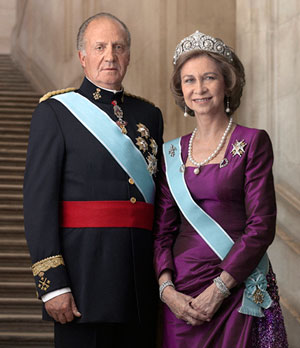Francisco Franco was the dictator, and head of the State of Spain, from October 1936 till his death in November 1975. Franco maintained his control in Spain through the implementation of severe measures – such as concentration camps, the implementation of forced labor, censorship, and the use of the death penalty.
He strove to protect the country’s territorial integrity, enforce Catholicism, and reinforce the nation’s traditional values, such as promoting bullfighting and flamenco as national traditions while suppressing traditions that did not fall under Franco’s view of Spanish tradition. With a clear vision on what Spain should be like, and his reign left its footprints in Spanish culture as both bullfighting and flamenco remain an important part of the nation’s cultural tradition.
After his death, Juan Carlos I ascended to the throne of Spain. Once in power Juan Carlos began the long process of transitioning Spain into a democracy. The transition was long and difficult, since there were many people that had not forgotten about the civil war and distrusted a king who owed his reign to Franco. Those in favor of Franco's regime had the military's support, so it proved to be a difficult political landscape that needed careful management, so that the leftest would restrain from provocation and and the military would refrain from intervening in political matters. The transition began with the introduction of The Law for Political Reform. This law allowed for the legislators to legally dissolve the he Francoist system and allowed for an election as well as the formation of a new constitution and brought Spain into a new era of democracy.
Today the king is not unlike a figure head for the government, but is the only one with prerogative to nominate and appoint the President of the Government. The role of the monarchy is essentially to safeguard the rights of the people while still maintaining a democratic stance.
.



No comments:
Post a Comment